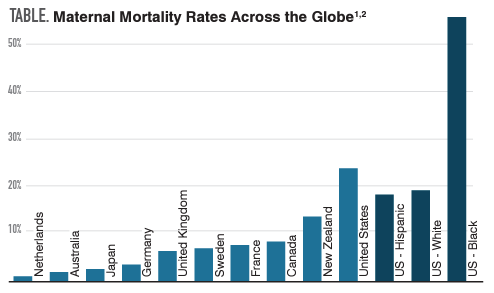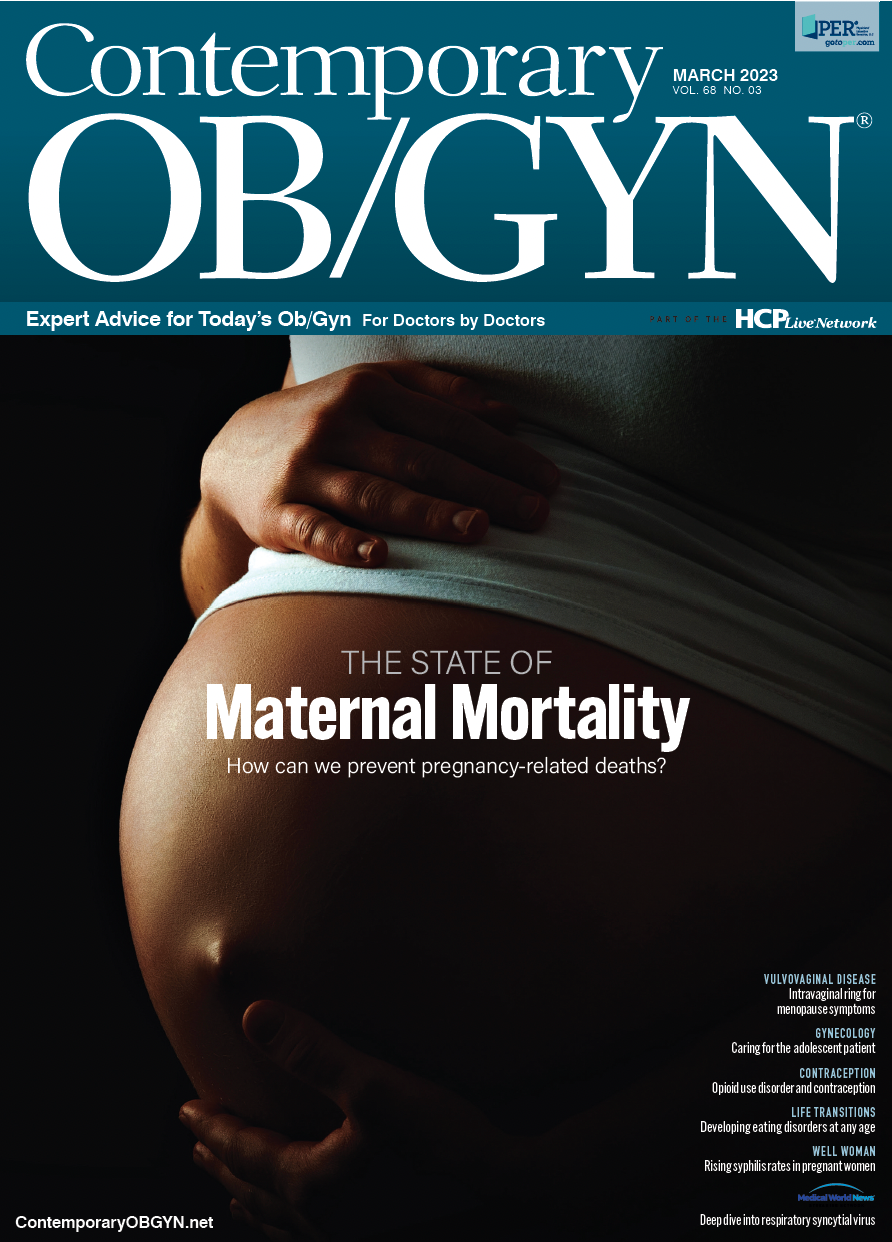The rise of maternal mortality in the United States
In the editorial featured in the March 2023 issue, Contemporary OB/GYN Editor-in-Chief Catherine Spong, MD, previews the issue's cover story on maternal mortality.
Maternal mortality has long been regarded as a reflection of how important a population considers women and children to be. The rates in the United States have been troubling for years, increasing for over 2 decades. With the COVID-19 pandemic, where mortality rates increased across the board, maternal mortality also increased, as one would expect with a severely morbid virus.
The question is why does the United States have such a high rate (Table1,2)? Is it because of enhanced reporting systems whereas other countries might not attribute a death to pregnancy simply because of the ability to link it to a pregnancy? Alternatively, is it because of the practices and availability of care for certain populations?
TABLE. Maternal Mortality Rates Across the Globe

As the United States has wrestled with unconscious bias and racism, it is relevant to examine how these factors affect the care and outcomes for pregnant women. For example, using the death certificate checkbox to assign pregnancy has been an earnest attempt at data collection; however, run-in over 20 years across 50 states at differing times has blurred national rates. Despite these challenges, the importance of maternal health is now at the forefront of national, state, and local programs.
These data—regardless of analysis— clearly demonstrate health disparity among non-Hispanic Black pregnant individuals. Identifying tangible action items in response to this crisis is now underway through state-based maternal mortality review committees and local health programs. In as many as 80% of cases, pregnancy-related deaths are determined to be preventable.3 From these efforts, the importance of community-based organizations and social support mechanisms are increasingly being recognized as the next step for care beyond the hospital to neighborhoods of patients living in underserved communities.
The journey to improving maternal health across the United States begins with these important steps. To advance the national e ort in improving both maternal mortality and morbidity, especially among minority pregnant patients, it is critical that accurate, relevant clinical data are reported and used to guide decisions for health care policy. Ultimately, these efforts can lead to safer deliveries for mothers and their infants for the future generations of our country.
References
1. Health status: maternal and infant mortality. Organisation for Economic Co-Operation and Development. January 12, 2023. Accessed February 6, 2023. https://stats.oecd.org/Index.aspx?QueryId=30116
2. Hoyert DL. Maternal mortality rates in the United States, 2020. National Center for Health Statistics. Accessed February 6, 2023. https://www.cdc.gov/nchs/data/hestat/maternal-mortality/2020/E-stat-
Maternal-Mortality-Rates-2022.pdf
3. Pregnancy-related deaths: data from maternal mortality review committees in 36 US states, 2017–2019. CDC. Updated September 19, 2022. Accessed February 6, 2023. https://www.cdc.gov/reproductivehealth/maternal-mortality/erase-mm/data-mmrc.html

S4E1: New RNA platform can predict pregnancy complications
February 11th 2022In this episode of Pap Talk, Contemporary OB/GYN® sat down with Maneesh Jain, CEO of Mirvie, and Michal Elovitz, MD, chief medical advisor at Mirvie, a new RNA platform that is able to predict pregnancy complications by revealing the biology of each pregnancy. They discussed recently published data regarding the platform's ability to predict preeclampsia and preterm birth.
Listen
